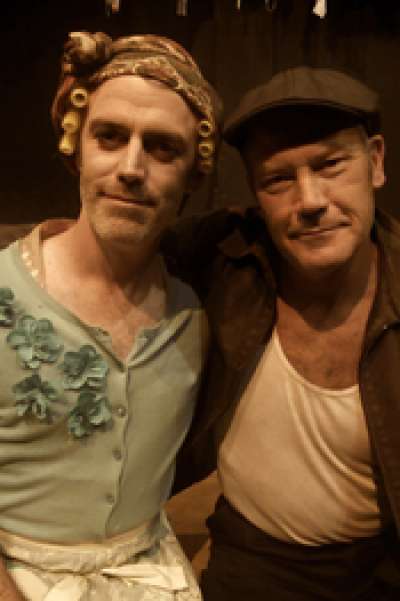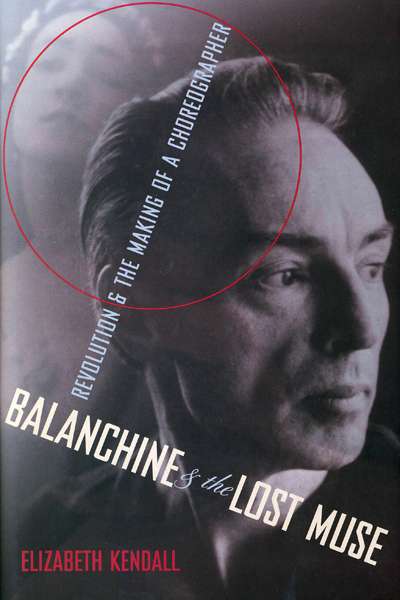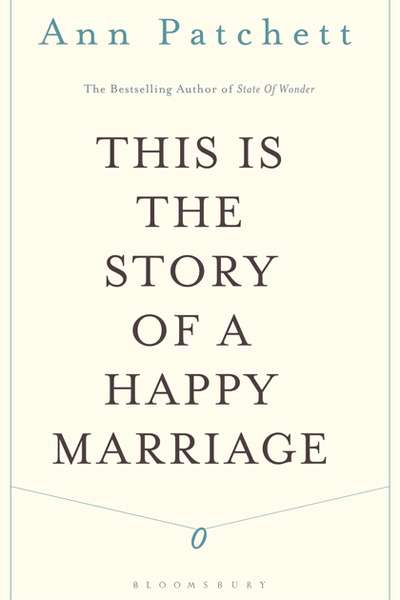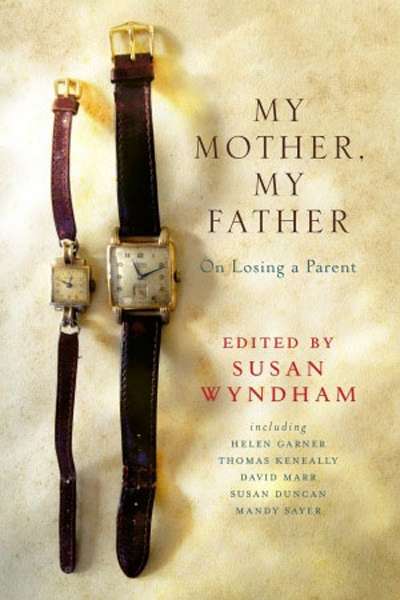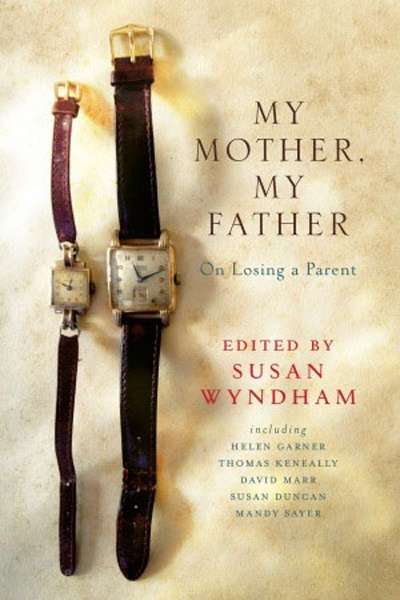Dina Ross
When Brecht wrote The Good Person of Szechuan (1939–42), he had been influenced by the colour and brashness of Chinese theatre, whose archetypal heroes and villains underpinned his concept of the Alienation Effect. Brecht, ever the political theorist, wasn’t interested in characters with whom the audience empathised, or of employing Stanislavski-based a ...
Balanchine and the Lost Muse: Revolution and the Making of a Choreographer by Elizabeth Kendall
by Dina Ross •


